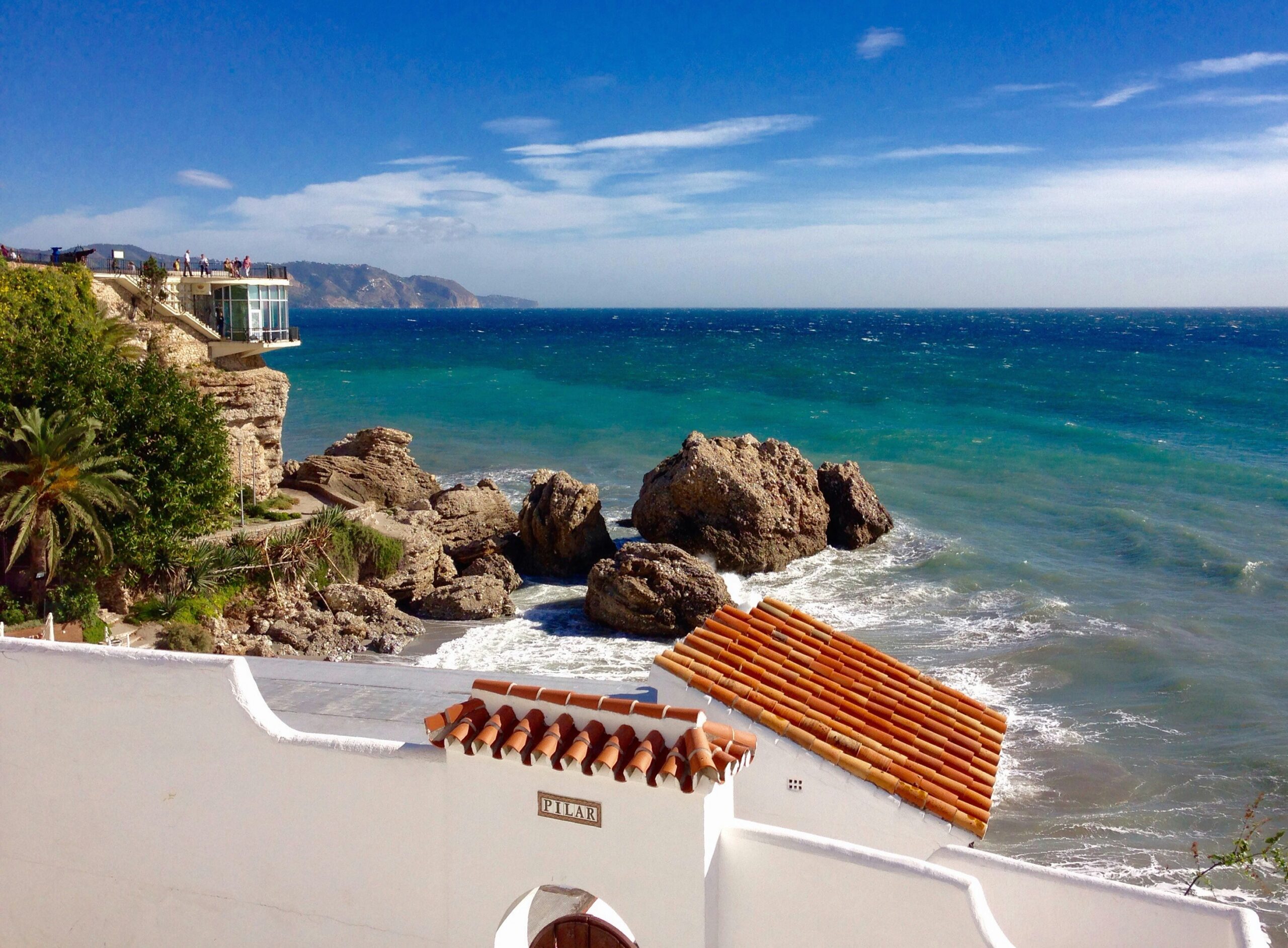In the heart of southern Spain lies a region unlike any other in the world. Andalusia, a land brimming with life, colors, and historical treasures, is a crossroads of cultures with a rich history. Here, you’ll discover masterpieces of Islamic culture alongside Gothic cathedrals, flamenco dance halls, and serene national parks. We’ve selected a few incredible places that this region, full of contrasts, has to offer.
1. Alhambra (Granada)
Andalusia showcases Spanish history through landmarks such as the majestic palace complex, Alhambra, listed as a UNESCO World Heritage Site. It stands as the pinnacle of Moorish architecture in Europe and is one of the most captivating Spanish monuments. Built atop a hill overlooking the city of Granada, it served as a fortress and residence for Muslim kings, remaining a symbol of their political and cultural influence for centuries.
The structure comprises palaces, courtyards, towers, and, notably, gardens with a fascinating irrigation system. The interiors are highly ornate and filled with breathtaking details. The most renowned sections include the Patio de los Leones and the Generalife Palace with its magnificent gardens.
2. Cathedral of the Virgin Mary (Seville)
This majestic structure, constructed over a century, is the largest Gothic cathedral and the fourth-largest church in the world. It has become a symbol of Christian victory in Spain following the Reconquista.
Its interiors are as breathtaking as its exterior–towering arches, intricate stained glass windows, a richly adorned altar, and the monumental tomb of Christopher Columbus simply leave you in awe. During a visit to the cathedral, you must not miss the Giralda, the former minaret of the mosque transformed into a bell tower, offering a beautiful panoramic view of the entire city.
3. Mosque-Cathedral of Córdoba (Córdoba)
Originally a medieval mosque, it is now a Roman Catholic cathedral dedicated to the Immaculate Conception of the Virgin Mary. This architectural masterpiece, listed as a UNESCO World Heritage Site, beautifully symbolizes the blending of cultures typical of this region.
This stunning structure is impossible to overlook, and much like the Cathedral of the Virgin Mary, it captivates with its interiors. When you visit, you’ll feel the weight of Spanish history and have the opportunity to admire the artistic beauty while delving into the profound cultural narrative that shaped both Andalusia and Spain.
4. Gibraltar
Surely, you’ve heard about the unique local community of cheeky macaques that might coax something tasty from you. This distinctive experience is complemented by the massive limestone rock formation, jutting out of the sea and serving as a truly impressive natural phenomenon. The rock offers a magnificent view, and you can reach its summit via cable car.
As a British Overseas Territory, entry to its territory requires a passport. The fact that Gibraltar has been under the rule of various powers throughout history, including the Moors, the Spanish, and ultimately the British, once again illustrates the cultural mix typical of Andalusia.
5. Tarifa
This southernmost point of the European mainland is renowned as a haven for water sports enthusiasts, especially for windsurfing and kitesurfing, thanks to the consistently windy weather you can expect here. However, this shouldn’t deter you from visiting the beaches of Tarifa, among the most beautiful in Spain, featuring long stretches of fine white sand.
The Strait of Gibraltar, near Tarifa, is also one of the best spots in Europe for whale- and dolphin-watching. You can purchase excursions that allow you to witness these magnificent marine mammals in their natural habitat.
6. Pueblos Blancos
Pueblos Blancos, such as Vejer de la Frontera, translates to “White Villages” and are a distinctive part of the Andalusian landscape. The white-washed houses, providing shelter from the hot Mediterranean sun, are scattered mainly in the mountainous regions of Sierra de Grazalema and Serranía de Ronda.
Surrounded by stunning nature, this area is ideal for hiking, cycling, and other outdoor activities. When you visit, you’ll experience authentic Andalusian life and interact with the local residents.
7. Doñana (Spanish National Park)
This significant national park is renowned as a sanctuary for many rare and endangered species, including the Iberian lynx and the Iberian imperial eagle. The park also serves as a crucial stopover for millions of migrating birds, providing a refuge on their journeys between Europe and Africa.
In 1994, the park was inscribed on the UNESCO World Heritage List for its extraordinary biological diversity and unique ecosystems. Its marshlands are among the largest in Europe. Visitors can explore numerous hiking trails, marvel at untouched nature, or even ride Andalusian horses along the beach.
Each of these places offers a unique experience that reveals the richness and diversity of Andalusian culture, nature, and history. A visit to Andalusia in Spain truly has something for everyone.
